The subtleties of planting columnar apple trees and caring for them
Columnar apple trees are spectacular, unusual and naturally attract surprised and admiring glances. They are devoid of a spreading crown and side shoots, having a single trunk, which is covered with delicate flowers in spring to the very crown, and fruits filled with juice in autumn. Even if the size of the personal plot does not allow setting up a large garden, there will always be a place for these trees on it.
Site preparation
Columnar apple trees are ideal neighbors for any garden crops. Their slender trunks and compact crowns leave nearby plants plenty of room to grow without crowding or blocking light from them. Several columnar apple trees in the country are best placed along the paths. Planted in a row, they form a charming and original border, which is easy to maintain.
The tree site must meet 2 requirements:
- good sun exposure throughout the day;
- do not be blown through by drafts and cold winds.
The growing area of columnar apple trees is very extensive. Their varieties are diverse, you can find among them those that are not afraid of even the severe frosts of Siberia. They are hygrophilous, but they will not bring a good harvest on damp, waterlogged soils. Areas with low-lying groundwater are optimal for them. If their level is high, drainage will help protect tree roots from excess moisture. A thick layer of pebbles, gravel or crushed stone is laid at the bottom of the hole dug for the seedling.
Advice
To make drainage more reliable, you can use coarse quartz sand, pouring layers of gravel over it.
A pit is being prepared, in which a tree will be planted, in advance - from autumn. It is made spacious and deep so that the roots of the apple tree are comfortable in it. They will need to be straightened so that they do not bend anywhere, let alone break. The pit is shaped into a square with a side of 90 cm and the same depth.
Columnar apple trees prefer fertile soil, so fertilizers containing a large percentage of phosphorus and potassium are poured into the hole. Mineral compositions recommended for common varieties of culture are suitable for them. But they need to be added in a different amount - the drug is spent 10 times less. Approximately 2 tbsp is poured into each pit. l. fertilizers, the exact dosage is recommended by the manufacturer. Poor soil is additionally enriched with peat or humus.
Landing features
To quickly harvest from columnar apple trees, their seedlings are placed in the ground in early spring, when the soil is free of snow and the buds on the tree have not yet blossomed. Autumn planting is also possible. It is held in September, in the second half of the month. You need to have time to plant young apple trees before the cold weather, so that they take root well in a new place. Then the trees will easily endure the winter frosts.
If there are several seedlings, it is better to arrange them in a row. 0.5 m of free space is left between adjacent columnar apple trees. The row spacing is made wide - at least 1 m. Professionals advise planting annual trees. The process of rooting them in a new place is easier and faster. At an older age, apple trees form powerful taproots that go deep into the ground. When a tree is dug up, they are often injured, after which it is sick for a long time and may die, never settling on the site.
Landing takes place in 4 stages:
- placing a seedling in a pit, it is given a strictly vertical position;
- gently spread the roots of a young apple tree;
- gradually pour soil into the pit until it is filled to the top;
- carefully compact the soil around the tree trunk, pressing it with your hands.
It is important to ensure that the root collar of the columnar apple is not buried. Violation of the planting rules can lead to an unexpected result - the development of rootstock roots. As a result, not a low and slender tree will grow, but a tall and spreading tree. After being placed on a permanent site, the seedling requires abundant watering.
Cropping and rationing of the crop
Columnar apple trees need careful maintenance. Their crown needs spring pruning. A feature of these trees is the abundant laying of flower buds. They cover both the central trunk and lateral shoots. If you can't touch the first, then you need to get rid of the latter, otherwise you won't get a good harvest. Already in the first year of life of the apple tree, the lateral shoots are shortened by ⅔ of the length. They develop rapidly, and by the end of the season, 2 young and strong branches will appear on them. With the arrival of spring, this care is repeated, cutting off the shoots growing upward from the apple trees.
Trees begin to bear fruit after the first year in a new place, when they finally take root. If they bloom earlier, not yet fully grown, the buds should be torn off. With proper care, columnar apple trees planted in Siberia can produce crops for 6-12 years. Their weak branches are not able to withstand the weight of the fruits abundantly covering them, so the harvest is rationed. While "Currency" is very young, almost all ovaries are removed from it, leaving only 3-5 to develop. The next year, this number is increased, allowing the tree to gradually get used to the load.
When plucking ovaries, you need to be careful not to injure the delicate young leaves. An adult columnar apple is subjected to this procedure twice. For the first time - at the bud stage. Their number on the tree is calculated by the formula: the number of apples that are planned to be removed from it, multiplied by 2. The second time, plucking care is carried out at the stage of ovaries. If they began to resemble a nut in size, only one of the 2 future fruits is left.
Due to the peculiarities of the root system, columnar apple trees need tinning of the soil near the trunk. Any cereals or herbs should be planted under them: dill, mint, lemon balm. They will retain the moisture necessary for trees in the soil and protect their weak and easily injured roots from mechanical injury. Another option is to mulch the surface of the planting pit after placing a columnar apple tree in it. A layer of straw, dry foliage or humus is renewed from time to time.
Watering and feeding
Both "Currency" and other varieties of dwarf apple trees love abundant watering. It is better to carry out it in a drip method. Every 2 weeks they make a kind of "shower" for plantings, well irrigating their crown. In the absence of such watering, the soil under the trees is moistened every 2-3 days, and then mulched with straw. But leaving it for the winter is dangerous. Straw can lure rodents to the site, so this protective layer is removed in the fall.
Columnar apple trees and care in the form of dressings are necessary. From organic fertilizers for them, you can use slurry and fermented chicken manure. Of minerals - saltpeter and urea... They begin to feed the trees in spring and repeat the procedure until mid-June once a month. It is recommended to apply urea three times a season: when the leaves bloom on the trees and every 2 weeks after the first feeding.
For the winter, plantings are covered. It is especially important not to forget to complete this procedure if the site is located in Siberia. Lapwood or shavings will protect apple trees from freezing and damage by rodents - mice and hares. To get the desired result, you will need to try. The shelter must be reliable, keep out moisture and not have cracks through which pests can penetrate to the trunk. Trees will endure frost more easily if they are covered with snow.
The columnar apple tree will become an exquisite decoration of any site. The benefits of growing it are obvious.Occupying a smaller area compared to ordinary apple trees, columnar varieties bring more harvest. And if you place several trees on the site, the fruits of which ripen at different times, you can feast on fresh fragrant fruits from summer to late autumn. Suitable for this variety are "President" and "Medoc", "Titania" and "Gin", "Currency" and "Arbat".
When deciding to breed them, you need to understand that caring for these apple trees will take a lot of time and effort. By themselves, they will not grow and will not please either with spectacular beauty or a bountiful harvest. If there is no opportunity or desire, then it is better to leave the idea of adding variety to the country landscape by planting columnar apple trees.
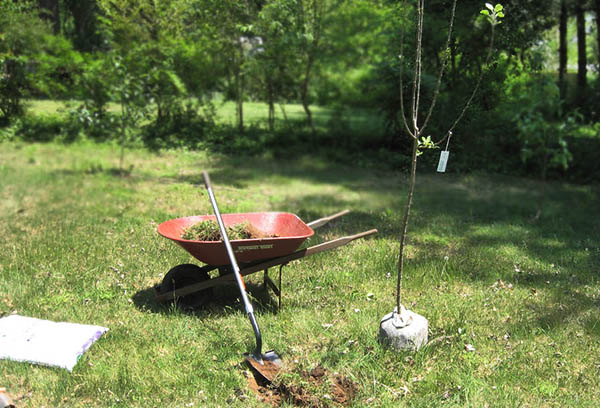
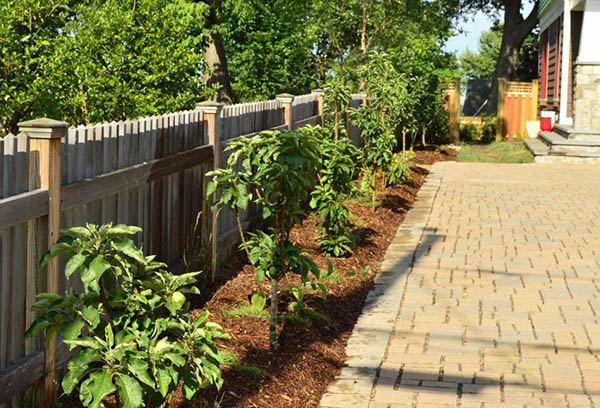

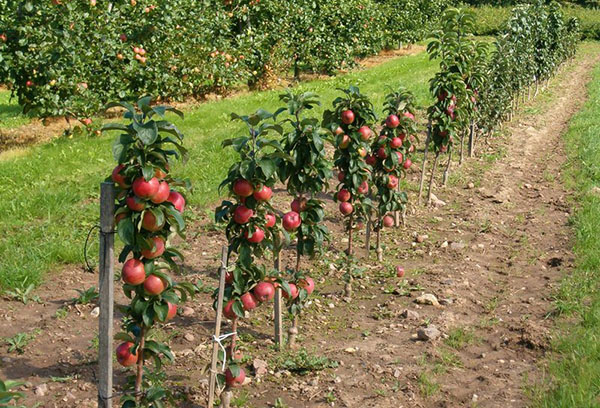
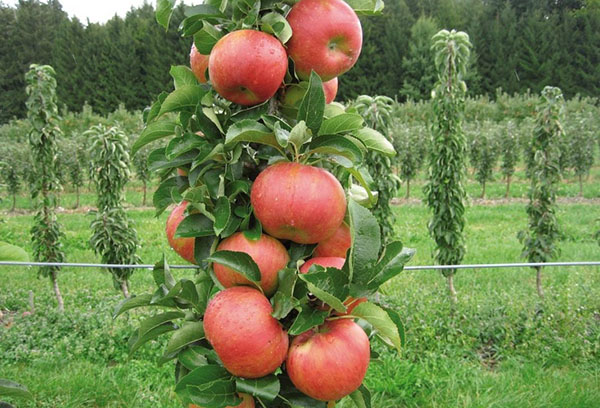
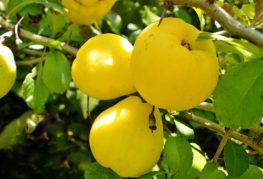

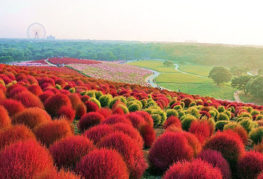
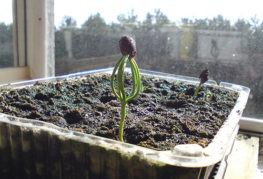
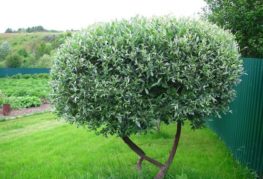

and will be published shortly.